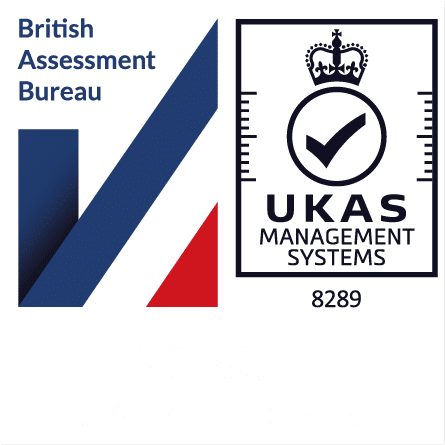Artificial Intelligence (AI) is transforming the way we plan, manage, and optimise radio networks. As demands increase for spectrum usage, network density, and real-time service delivery, AI is becoming a critical tool for providing accurate, efficient, and predictive radio communications solutions. From automating network analysis to forecasting coverage and interference, AI-driven tools are helping regulators, network operators, and researchers navigate the complex radio environment with unprecedented speed and accuracy.
A research initiative at Stellenbosch University in South Africa provides a compelling example of this transformation. As part of a postgraduate study in wireless communications, a researcher is exploring the concept of radio environment zone mapping using generative adversarial networks (GANs). The goal of the study is to enable AI to predict radio coverage based solely on simplified radio zone maps, reducing the need for complex and time-consuming base map data.
To support this research, HTZ Communications was selected as the primary RF modelling tool. With its advanced propagation models and ability to simulate coverage across heterogeneous service areas, HTZ is being used to generate the extensive set of coverage maps needed to train the AI model. Throughout the year-long project, thousands of predictions will be calculated using diffraction models such as Fresnel/Deygout and ITU-R P.526 on high-resolution terrain and clutter datasets. These outputs, including sample images, will form part of the final dissertation and contribute to a growing body of work that leverages AI for spectrum planning.
ATDI is actively investing in AI to enhance the capabilities of its tools. One significant advancement is the AI-powered radio signal identification model, which enables automatic classification and interpretation of spectrum activity without requiring human input, dramatically accelerating real-time analysis. Additionally, the AI Mask Prediction feature intelligently extracts and refines cartographic data from satellite imagery, vegetation maps, and building outlines, ensuring HTZ has access to high-quality datasets that support more accurate planning and modelling.
While the Stellenbosch project is academically oriented, it demonstrates how HTZ can be applied flexibly, even outside traditional enterprise settings, and underscores the software’s value in cutting-edge research. It also reinforces the potential of AI to make coverage prediction faster, more adaptive, and increasingly autonomous.
As the radio communications industry continues to evolve, solutions like HTZ, when combined with AI, will play a central role in shaping the next generation of smart, resilient, and data-driven networks.



